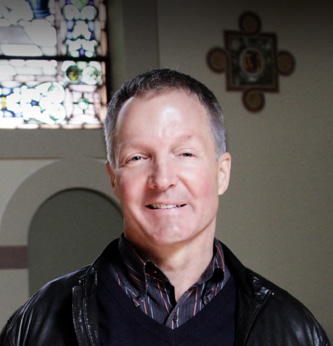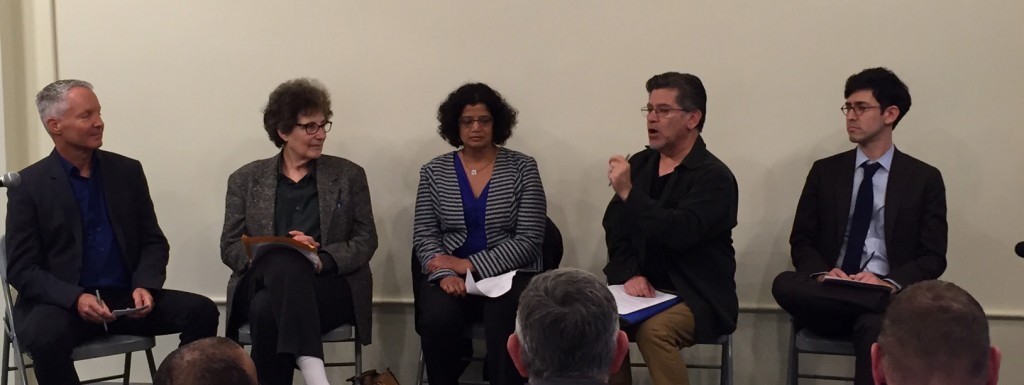
“I started with racism and sexism in the beginning and fought them so hard and was finally ready to relax. Then, here comes ageism, and I feel like—Give me a break!”
-Yoko Ono
People have an idea of what it will be like to be old—retirement, a natural slowing down physically and mentally, senior citizen discounts and more. There is also the dark side, captured with words like “cranky,” “old-fashioned,” “rigid,” “slow,” “unteachable,” and “non-sexual.” This is not a rosy future, it would seem, for those aging in a society that values youth and vitality. For LGBT individuals the problem is worse because, as a group, we not only value young and vital. But we absolutely adore “pretty.”
The basic value of being young paired with widespread negative feelings about being old leads naturally to ageism, the subject of a recent panel hosted by the Alice B Toklas LGBT Democratic Club here in San Francisco. I had the privilege of moderating it.
Ageism is a collection of negative stereotypes, prejudices, and discriminatory activities that devalue a group of people based on their age. Panelist Sam Trevino called it “an equal opportunity” prejudice, because no matter how you self-identify, or what your other demographic characteristics are, you will be subject to ageism eventually.
Ageism occurs in the workplace when people do not get hired or promoted based on their age. It occurs in our community when individuals cannot imagine dating someone older than themselves. It occurs when older individuals are treated in a demeaning manner during the course of their day. Underlying these and other examples is a belief that there is something negative about being old that justifies a particular attitude or behavior.

L to R: Michael Costa; moderator; Dr. Marcy Adelman, Openhouse founder; Shireen McSpadden, Department of Aging and Adult Services; Sam Trevino, California State University Monterey; Daniel Redman, attorney.
It is difficult to know what to do about ageism. This is due, in part, to the fact that ageism is widely accepted as a given in our society, and that few attempts have been made to systematically acknowledge and address it. Perhaps the best suggestion offered by panelists is to encourage more inter-generational activities in our community so that individuals of different ages can put a human face on other generations, which is a powerful disincentive to ageism.
There are legal and political remedies as well. Panelist Daniel Redman pointed out that age discrimination is prohibited under both federal and state law. There has not been a lot of litigation to set a body of precedents, however, and some issues such as employment discrimination are inherently difficult to prove. A more positive approach is to ensure that elected officials are against ageism, and are willing to introduce/support legislation to that effect. Asking them their positions when they are candidates is one potentially effective approach to increase awareness that may lead to action.
Panelist Dr. Marcy Adelman encouraged us to reflect individually on our own ageism as well as to widen the public discussion. She described Prop I, a ballot measure to provide stable secure funding to assist low and middle income seniors to age in their homes and communities, as a potential funding source for anti-ageism initiatives. Panelist Shireen McSpadden noted that 20% of San Francisco’s population is over 60 years old, a percent projected to grow to 25% over the next 15 years. Problems related to ageism are likely to increase.
We may look at ageism like Yoko Ono, with a “here we go again” sigh. The good news is that many folks over 60 have fought battles all their lives—against racism, sexism, and homophobia. That has made us a very resilient bunch, and should help us to increase awareness about ageism, a form of discrimination that, until now, no one had hardly ever dared to mention.
Michael Costa is a healthcare consultant focusing on the integration of health and social services for the aging population, and is a periodic contributor to this column.
Recent Comments